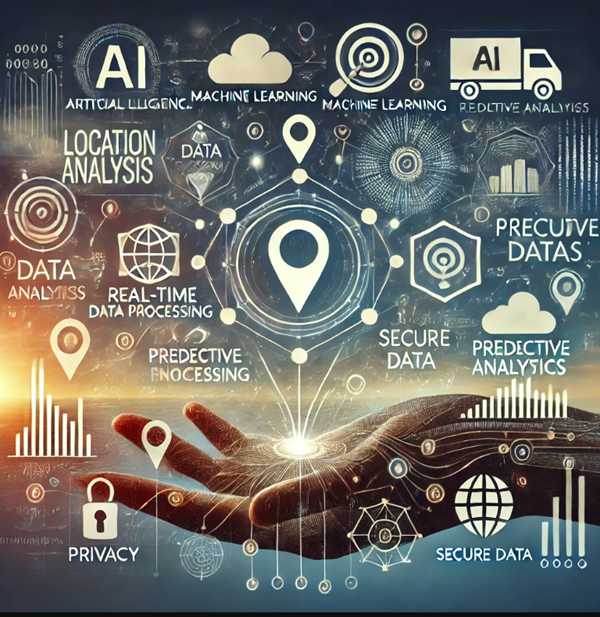Navigating the Future: Emerging Trends in Location Analysis Technology

As technology evolves, so does the landscape of location analysis. This dynamic field is crucial for businesses, urban planners, and policymakers, influencing decisions from where to open a new store to optimising service delivery. With advances in technology, the future of location analysis promises even greater precision, depth, and utility. Here’s a look at some key trends that are shaping the future of this indispensable technology.
One of the most significant trends is the integration of artificial intelligence (AI) and machine learning (ML) into location analysis tools. These technologies enable the analysis of large datasets with unprecedented accuracy and speed. For businesses using location analysis, this means more refined predictions about consumer behaviour, real estate values, and market trends. AI algorithms can identify patterns and correlations that human analysts might overlook, providing a competitive edge in strategic decision-making.
The future of location analysis lies in real-time data processing. As IoT (Internet of Things) devices become more ubiquitous, the amount of geo-tagged data streaming from mobile devices, sensors, and vehicles is staggering. Processing this data in real time allows businesses and city planners to make decisions based on the very latest information, from monitoring traffic patterns to updating delivery routes on the fly. This immediacy can drastically improve response times, reduce costs, and enhance service quality.
Predictive analytics is set to become more sophisticated within location analysis, allowing users to forecast future trends with greater accuracy. For instance, retailers could predict potential store performance in different locations based on historical data and emerging trends. This capability will enable businesses to stay ahead of market shifts and consumer preferences, minimising risks and maximising returns.
As location analysis technologies become more powerful, concerns about privacy and data security are growing. Future developments will likely focus on enhancing data protection measures while ensuring compliance with global privacy laws like GDPR. Technologies that anonymise data without compromising its utility for analysis will be key, ensuring that businesses can glean insights without infringing on individual privacy.
The application of location analysis is expanding beyond traditional domains. In healthcare, for example, location analysis can help manage and mitigate the spread of diseases by tracking patterns of movement and identifying potential hotspots. Environmental science also benefits from advanced location analysis, using it to monitor climate change impacts and plan mitigation strategies effectively.
Finally, the trend towards the democratisation of data will continue, making powerful location analysis tools accessible to smaller businesses and individuals. This shift is driven by the availability of open-source tools and affordable services that lower the entry barrier to advanced analytics.
The future of location analysis technology is not just about the evolution of tools and techniques; it’s about transforming how we understand and interact with spaces. As these technologies advance, they promise to bring deeper insights and more effective solutions across various sectors. For businesses, staying abreast of these trends and incorporating advanced location analysis tools into their strategies is no longer an option but a necessity.